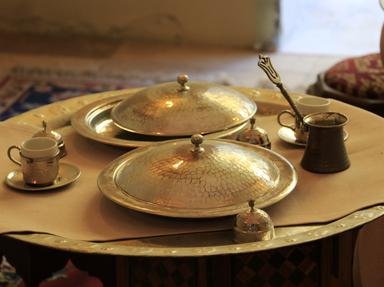Quiz Answer Key and Fun Facts
1. In which part of the world is thyme believed to have originated?
2. What ancient civilisation revered thyme for its medicinal properties and used it in embalming practices?
3. Which ancient Greek philosopher mentioned thyme in his writings, praising its aromatic and medicinal qualities?
4. How did the ancient Greeks incorporate thyme into their daily rituals and practices?
5. Thyme played an important role in ancient Roman cuisine.
6. What was thyme used for in medieval Europe?
7. The writings of a 12th century abbess contributed to a wider understanding of the medicinal properties of thyme. Who was this woman?
8. Was thyme known in the Americas at the time of Columbus' arrival?
9. One of the most famous mentions of thyme in music is in the 17th century ballad "Scarborough Fair". Where exactly is Scarborough?
10. Who was the German pharmacist who first isolated thymol from thyme?
Source: Author
wellenbrecher
This quiz was reviewed by FunTrivia editor
Bruyere before going online.
Any errors found in FunTrivia content are routinely corrected through our feedback system.

